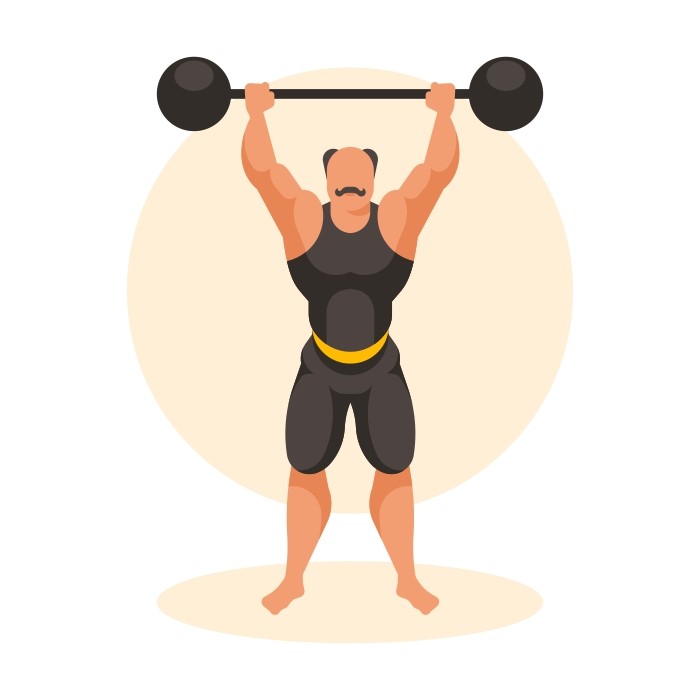You Got to Move It- Move It: Best Exercise Equipment for the Mature
Best Exercise Equipment for Seniors
TRANSACTIONAL


Disclosure:
This article contains affiliate links. If you click on these links and make a purchase, I may receive a small commission at no additional cost to you. This helps support my website and allows me to continue providing valuable content.
Move It!
Staying physically active is crucial for maintaining overall well-being, especially as we age. Regular exercise can guard against various conditions, including heart disease the leading cause of death in seniors followed by stroke, depression, loneliness, and cognitive decline. Even moderate exercise can provide significant benefits. Exercising at home, instead of going to a gym, can help you develop a consistent routine. It is advisable to consult with your physician, especially if you're starting a new or more intensive exercise program.
Different Types of Exercise Equipment for Seniors
1. Jump Rope: An inexpensive and portable option for cardio exercise. Jump ropes don't require a lot of space, making them convenient for exercising anywhere. A study on men ages 65 to 80 showed that jumping rope can increase bone mineral density, helping to build stronger bones and boost endurance.
2. Yoga Mat: Protects joints and promotes stability during floor exercises. When doing exercises on the floor, such as stretching, abdominal work, or yoga, a high-quality mat can provide cushioning and support, reducing discomfort and the risk of injury.
3. Resistance Bands: Versatile elastic bands that can be used for full-body strength training. They are particularly suitable for individuals with limited mobility, as many exercises can be performed while seated. The American Heart Association recommends muscle-strengthening activities at least twice a week for seniors.
4. Dumbbells: Essential for strength training and building muscle mass. The CDC recommends that adults engage in strength training exercises at least twice a week. Using dumbbells challenges muscles against gravity, helping to build strength and burn fat while also benefiting cardiovascular health.
5. Treadmills: Allow for indoor walking or running at a controlled pace and incline. Gradually increasing the intensity can help maintain muscle mass and combat age-related muscle loss. Treadmills facilitate aerobic exercise, which can improve heart and blood vessel health. Aim for 150 minutes of moderate-intensity cardio per week.
6. Stationary Bicycle: Cycling provides an enjoyable and low-impact aerobic workout. For those concerned about balance or road hazards, a stationary bicycle can be a safer alternative. Many modern stationary bikes integrate with mobile apps, offering personalized workout programs.
7. Supportive Shoes: Proper footwear is essential for activities like walking, which can help maintain a healthy weight, improve mood, and enhance balance and coordination. Look for shoes with firm heels, arch support, and thick, flexible soles to reduce joint impact.
Conclusion
Maintaining physical health is just as important as financial well-being during retirement years. If you're not exercising regularly, start with small steps. If you already have an exercise routine, keep it up! Prioritize your well-being and Move It-Move-It.
References
American Heart Association. (n.d.). Strength and Resistance Training. Retrieved from American Heart Association.
Centers for Disease Control and Prevention. (n.d.). Physical Activity and Health. Retrieved from CDC.
Guidant Financial. (2022). 2022 Small Business Trends. Retrieved from Guidant Financial.
Journal of Aging and Physical Activity. (n.d.). Effects of Jumping Exercise on Bone Mineral Density in Elderly Men. Retrieved from Journal of Aging and Physical Activity.


